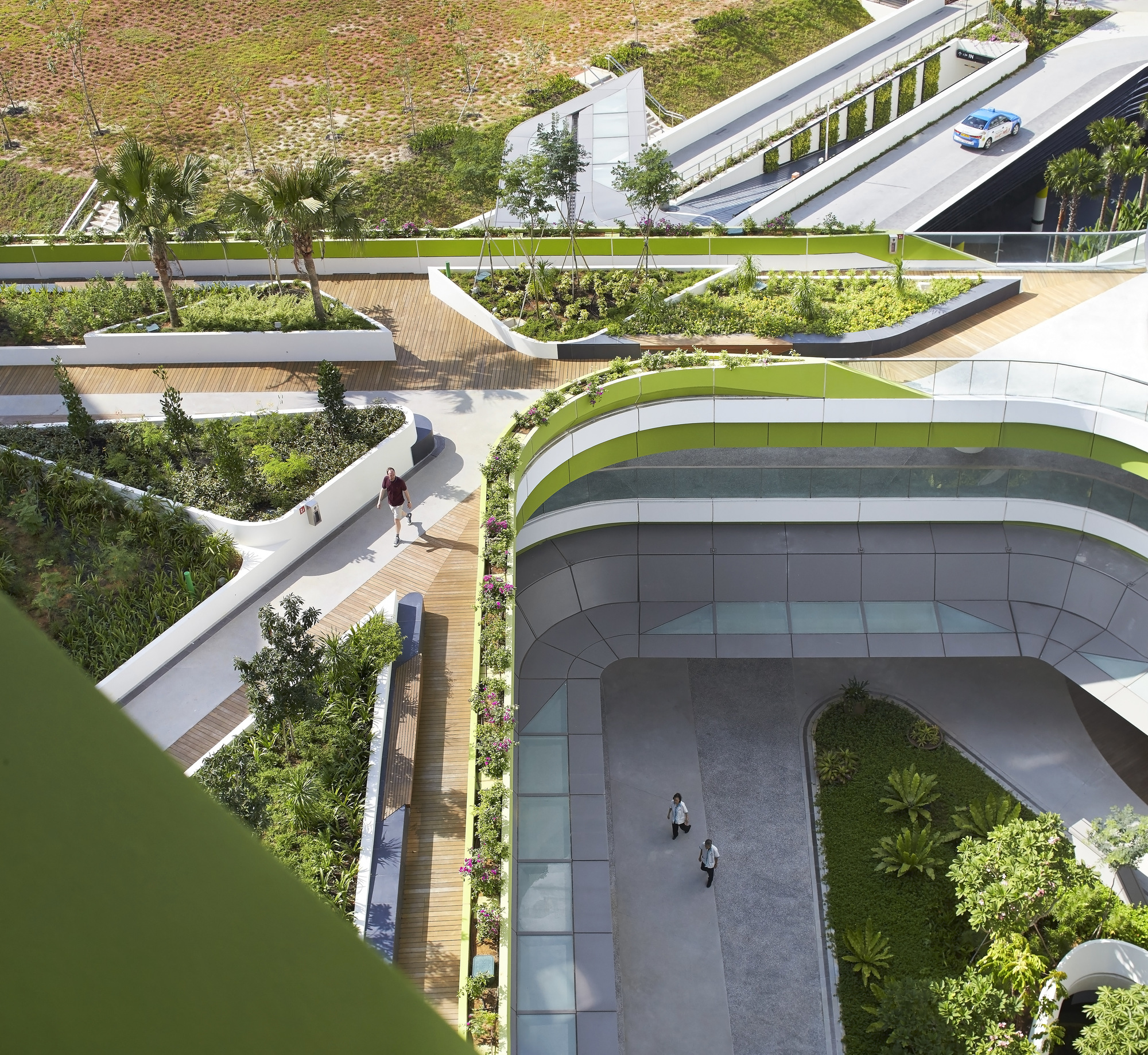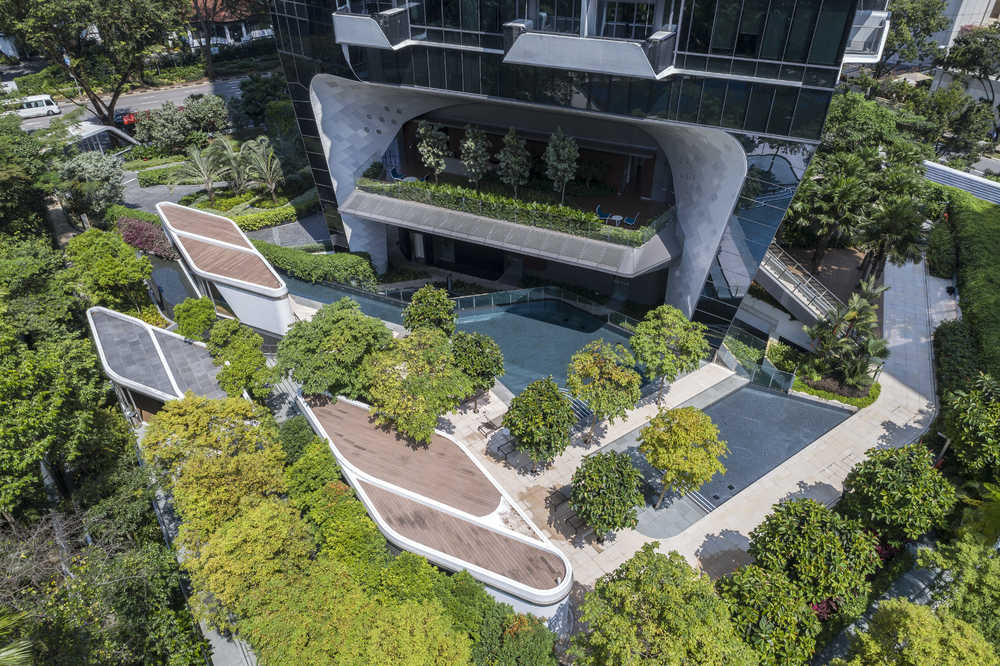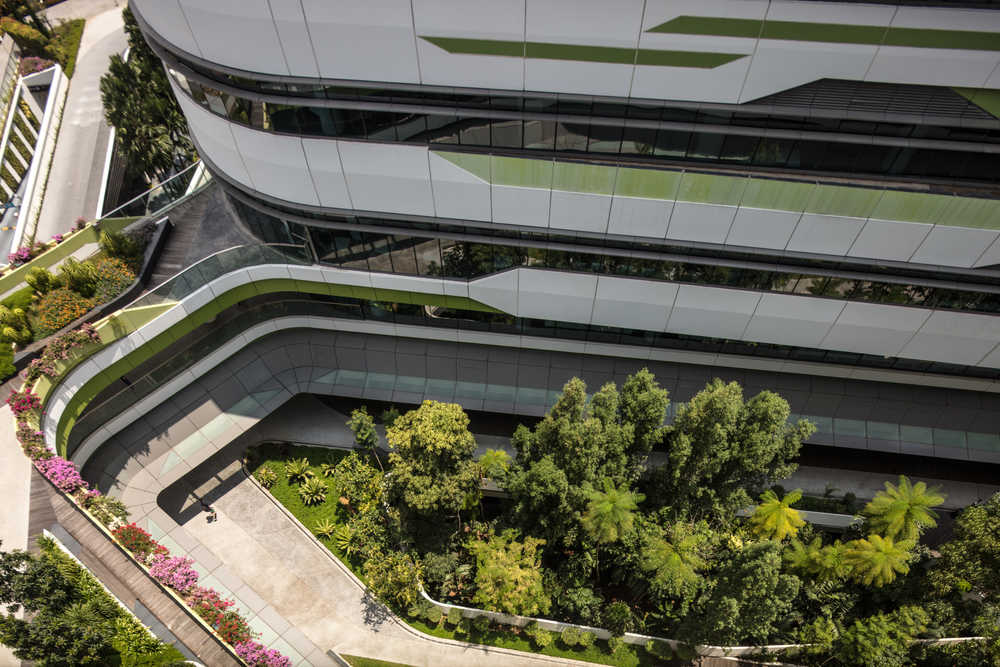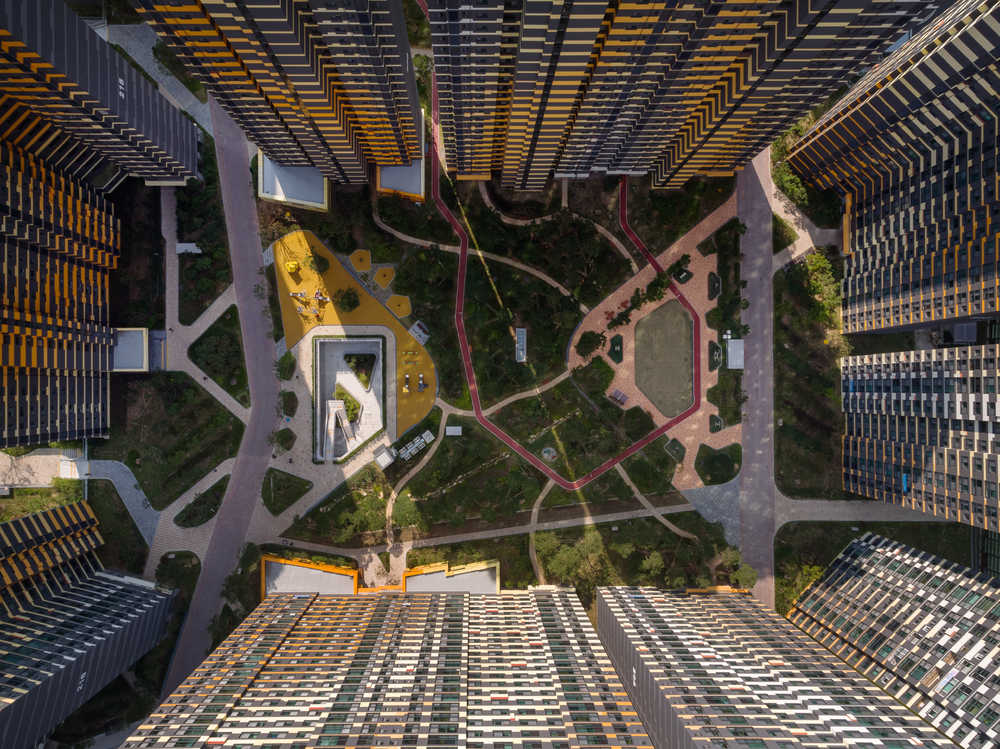13/08/2018 - Written by Ben van Berkel
Biophilic Design, a flourishing trend, is the introduction and incorporation of plants and natural elements into architectural design. Beyond aesthetic considerations, questions often arise around the value that this approach to design can bring: how does Biophilic Design relate to sustainability, and how does it improve conditions for the occupants of a building?
Questions pertaining to sustainability are often asked when a new design has been proposed that incorporates a high level of greenery: are architects simply leaning on this strategy to make a structure appear more sustainable than it actually is?
I have often said that sustainability doesn’t mean simply adding a green roof. It is not an add-on. A building’s sustainable performance is determined by a whole host of passive and active strategies that are undertaken during the design process. In addition, architects may use locally sourced sustainable or recycled materials, incorporate technology, design for endurance and resilience and create flexible spaces that can be used in many different ways across a building’s lifespan.
But our indoor environments can also be vastly improved when it comes to how they affect the health of the people who use them. By this I do not mean just physical health, but also mental and social health. Of course we follow the commonplace standards of environmental sustainability and we tick all the boxes. But this box-ticking standard and concentrating only on making buildings energy neutral is not enough on its own. Intelligent sustainability means developing a full, circular system for the whole building and the people that use it.
Biophilic Design can certainly play a part when designing an environmentally sustainable building. However, when it comes to designing healthy environments, it can have a larger impact. Plants do of course improve air quality, but as a design strategy, Biophilic Design allows a building’s occupants to live “beyond toxicity”, as Howard Frumkin put it. In his study, Frumkin found that introducing plants into our daily lives improves our health and well-being both indoors and outdoors, with our cognitive performance in particular being boosted by the presence of plants. In other studies from the CBRE and Interface, a surplus of statistics show that plants can help people feel happier, more energised and healthier, with increased productivity and all round better well-being. In a recent study from the Harvard Center for Health and the Global Environment, office workers in particular were found to be more productive when working in greener buildings, and achieved a 101% higher cognitive score in enhanced green buildings. Another study from the University of Washington found that encounters with nature can help restore the mind and alleviate mental fatigue, which is particularly noteworthy when incorporating planted outdoor spaces for both offices and residences.
As such, while Biophilic Design can be one of many strategies that help to make a building environmentally sustainable, it is a very strong pillar in designing for social sustainability: designing spaces and places that people will want to live and work in, places that people will want to come back to, and places that improve our wellbeing.
Read the original article on Ben's LinkedIn here.
Follow Ben van Berkel on LinkedIn.




